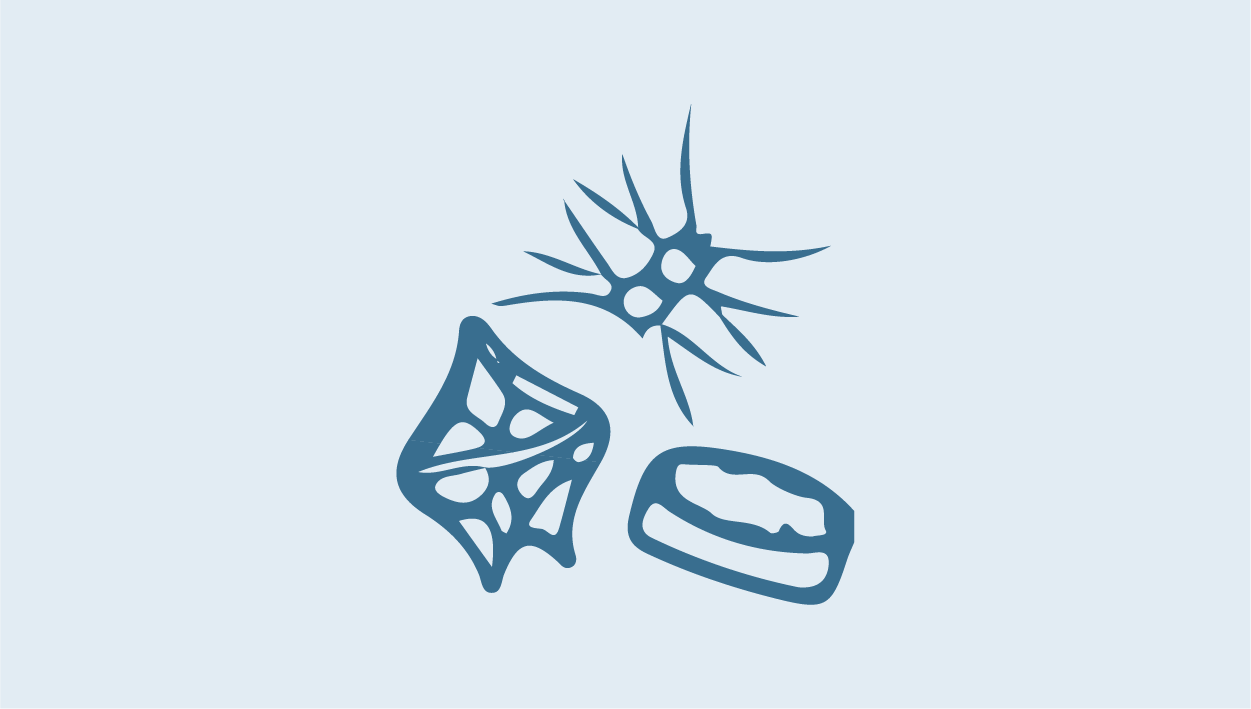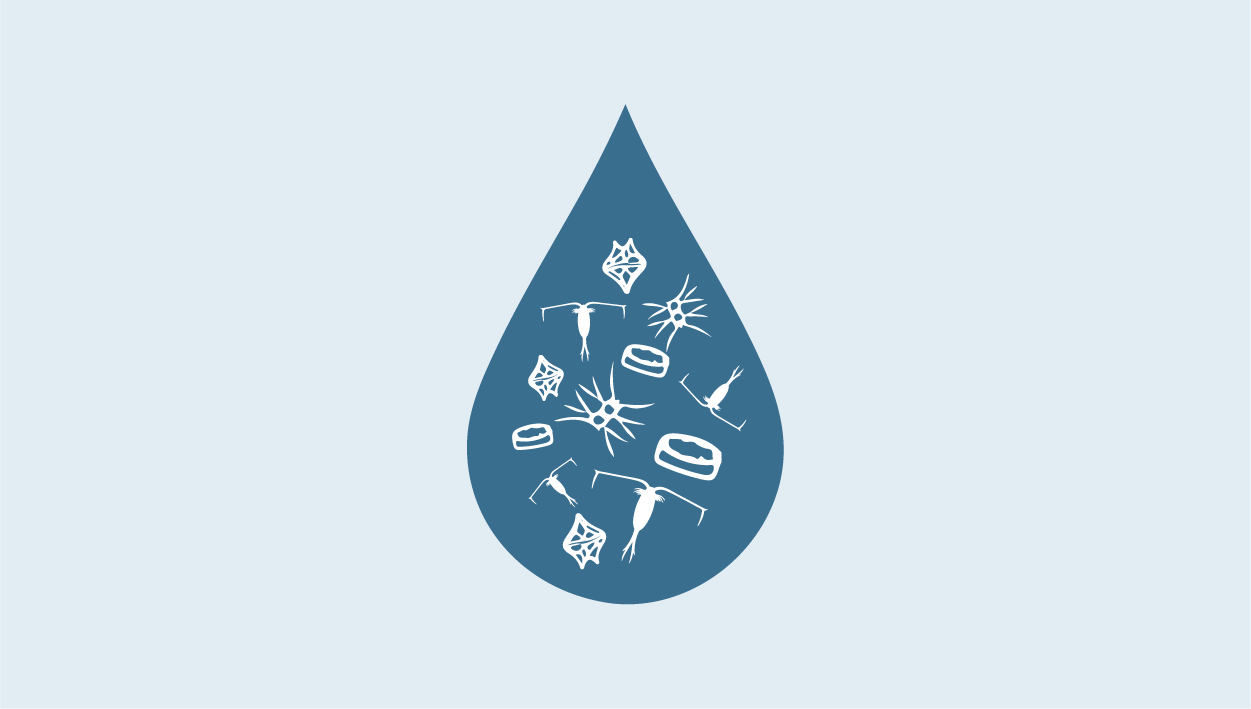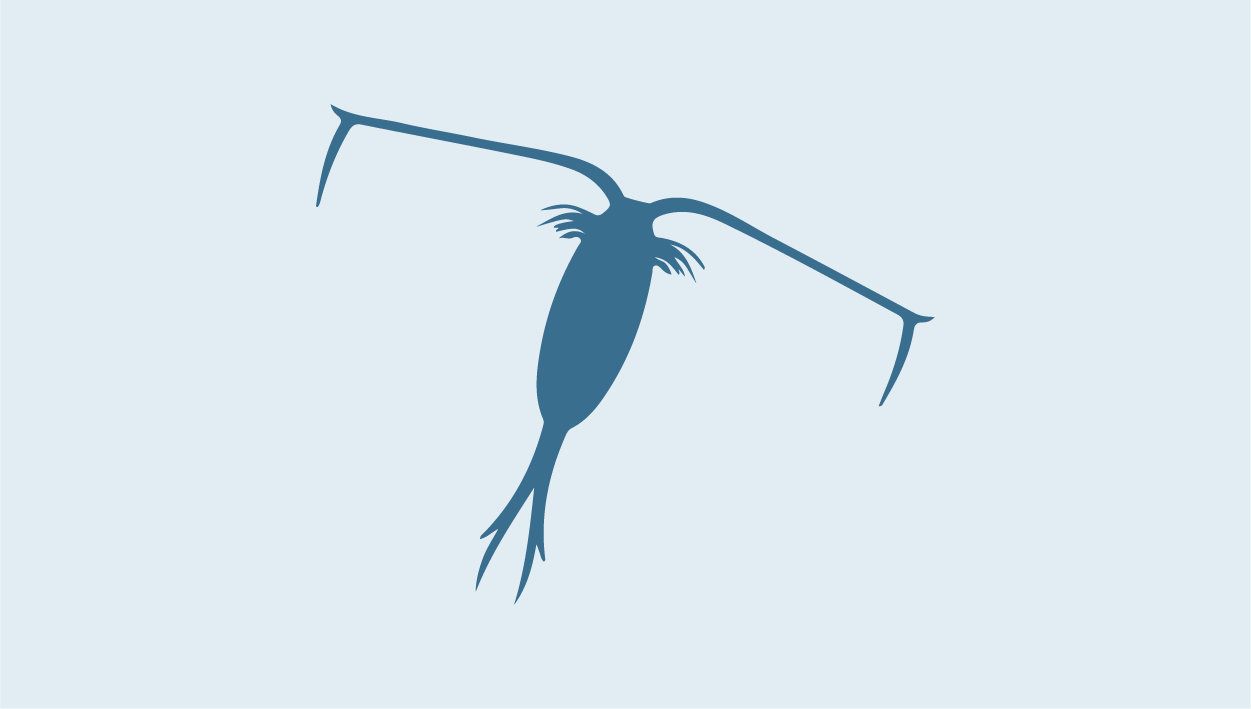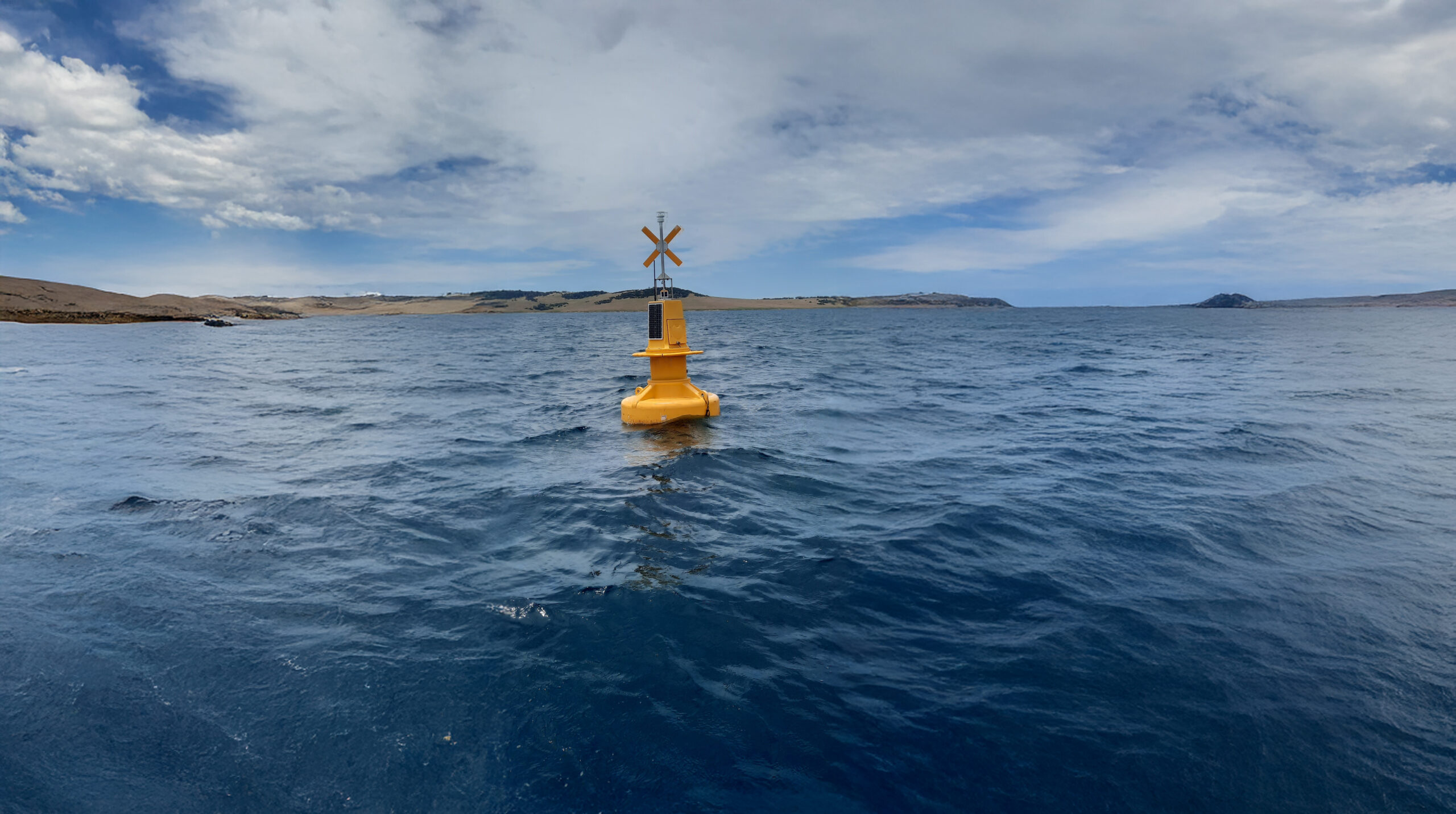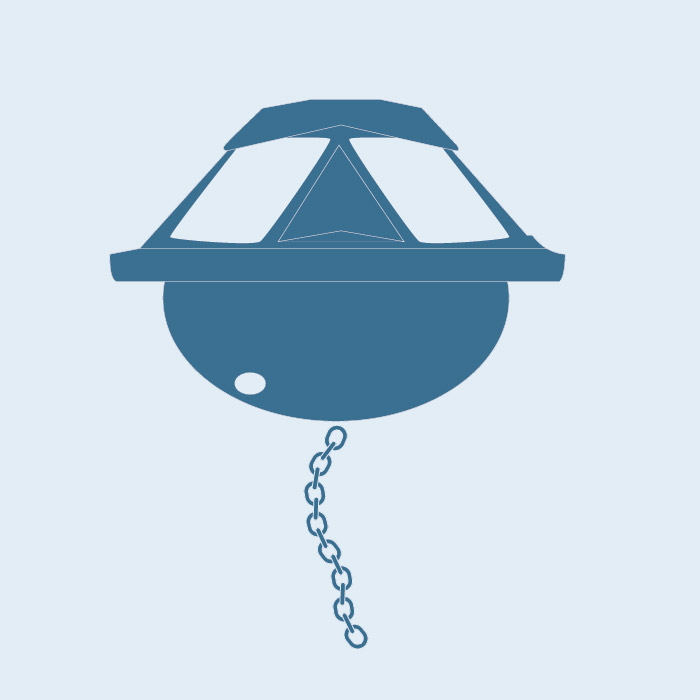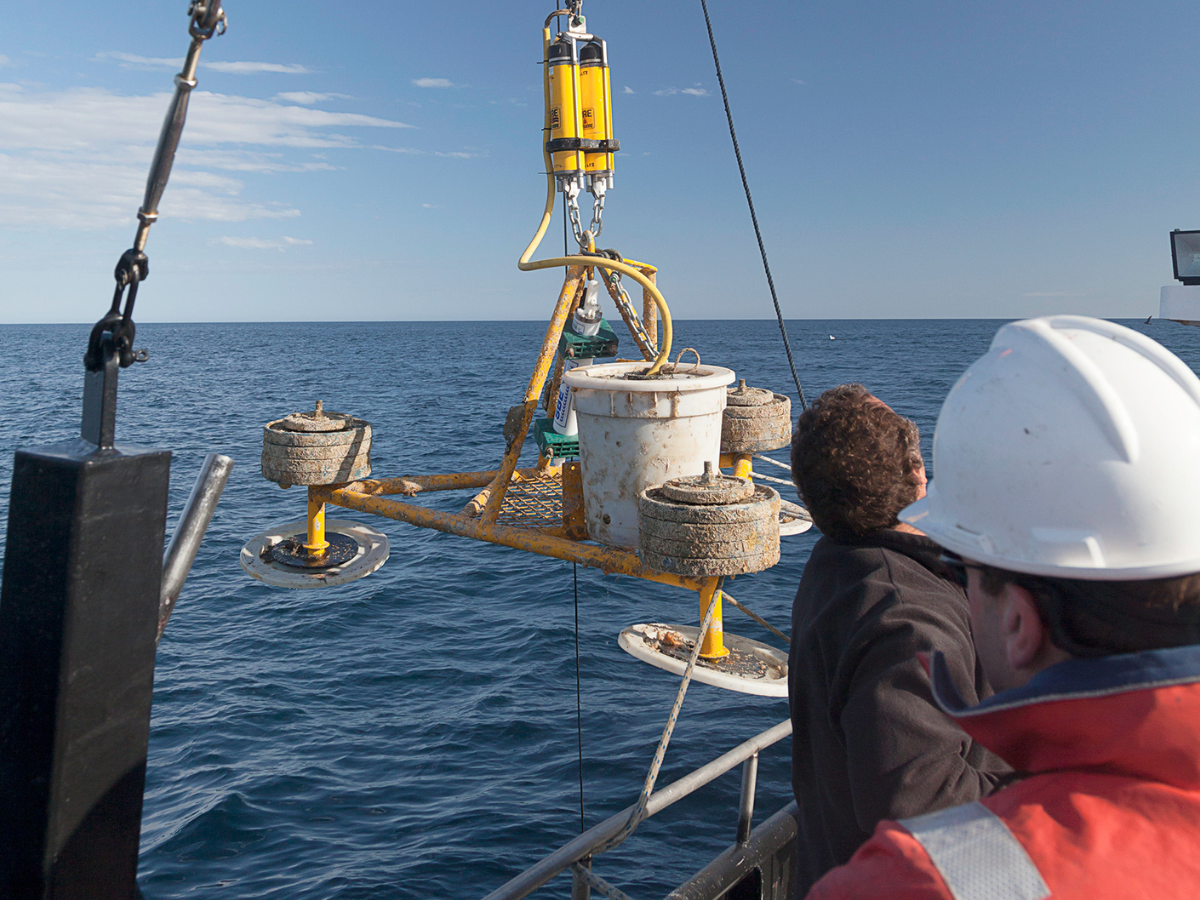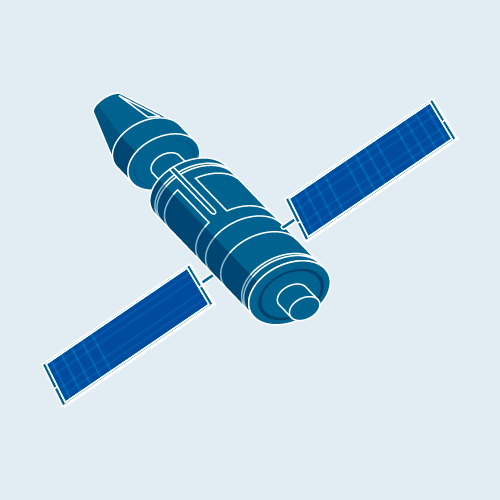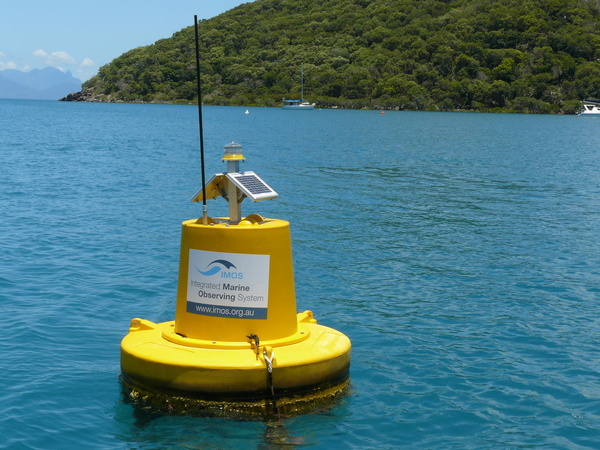Southern Ocean Plankton
Southern Ocean Plankton
Phytoplankton play an important role in marine ecosystems, forming the base of pelagic food-webs. The Southern Ocean is changing rapidly in response to changes in climate and climatic processes, with changes in phytoplankton populations and communities having the potential to change ecosystem structure and processes.
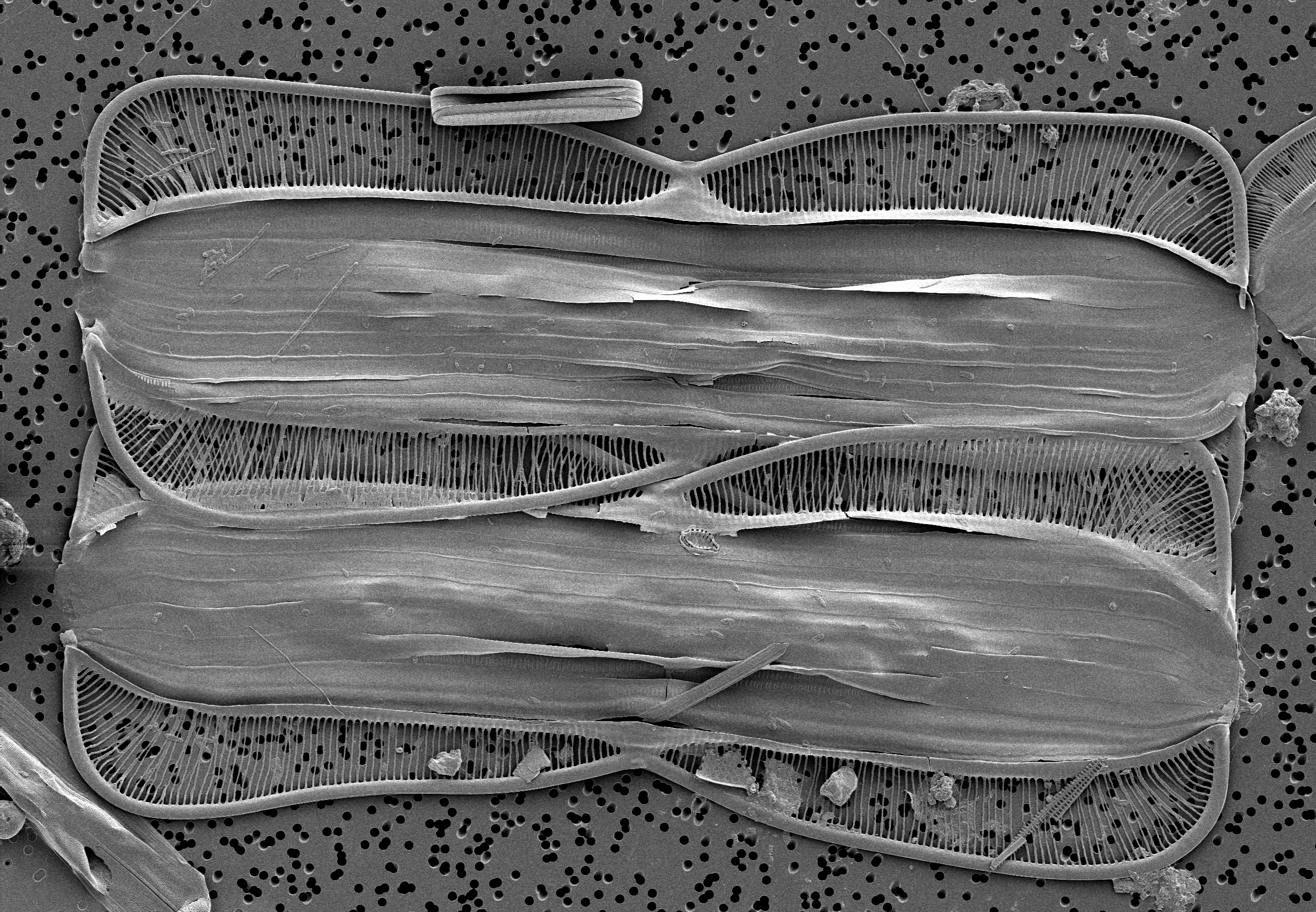
 Jake Wallis, UTAS
Jake Wallis, UTAS
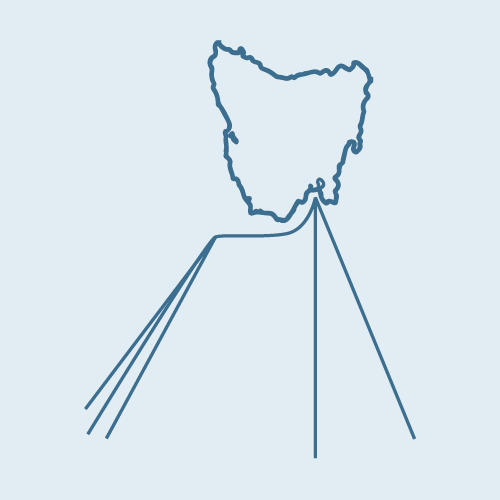
How it works
Sampling of plankton on the large scales required to understand patterns in distribution, abundance, and timing of changes in communities is difficult, especially at the oceanic scale. Continuous Plankton Recorders (CPRs) represent a valuable, cost-effective tool for sampling large areas. Towed behind ships, CPR’s continuously collect both phytoplankton and zooplankton at approximately 10 m depth. Entrained plankton is sandwiched between two sheets of silk and preserved instantly within the CPR unit allowing for species identification and counting.
Data collection
Using ships that regularly traverse the Southern Ocean, the Southern Ocean Plankton Facility will provide species-specific information on both phytoplankton and zooplankton from approximately 43⁰S to the Antarctic sea-ice edge.
Key data streams
Select a key data stream to view all IMOS Facilities that collect that data.
Useful information
Acknowledging IMOS
Users of IMOS data are required to clearly acknowledge the source material by including the following statement:
Australia’s Integrated Marine Observing System (IMOS) is enabled by the National Collaborative Research Infrastructure Strategy (NCRIS). It is operated by a consortium of institutions as an unincorporated joint venture, with the University of Tasmania as Lead Agent.
